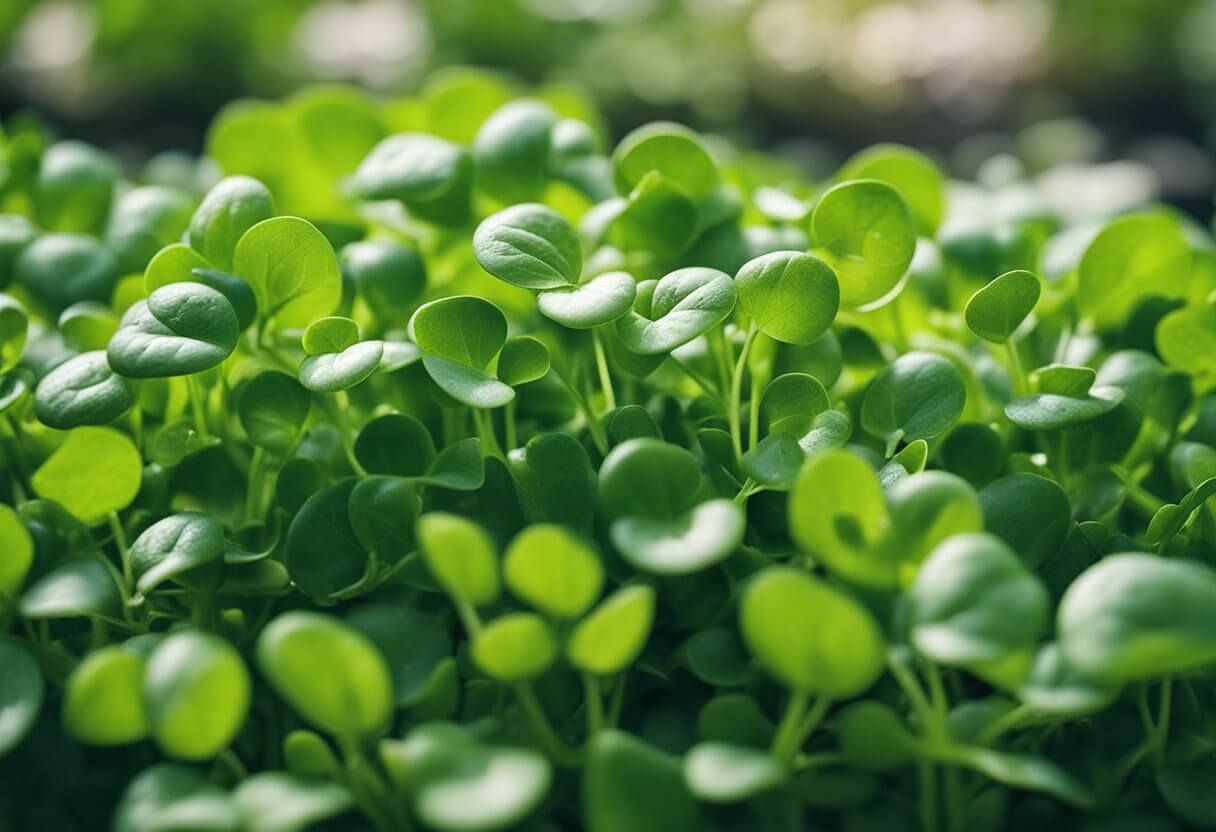When Is Watercress in Season?
Watercress is typically in season from April until September, making it a great vegetable to enjoy during the warmer months. However, the best time to harvest watercress is when temperatures are lower than 85 degrees Fahrenheit, regardless of the season. This is because watercress has the most peppery flavor when grown in cooler temperatures.
If you’re interested in growing your own watercress, it’s important to note that it thrives in partially submerged running water and flooded areas in moderately cool climates. If you have a water feature in your landscape, this is a great place to cultivate watercress. With its delicious taste and impressive nutritional profile, watercress is a great addition to any meal.
Seasonality Overview
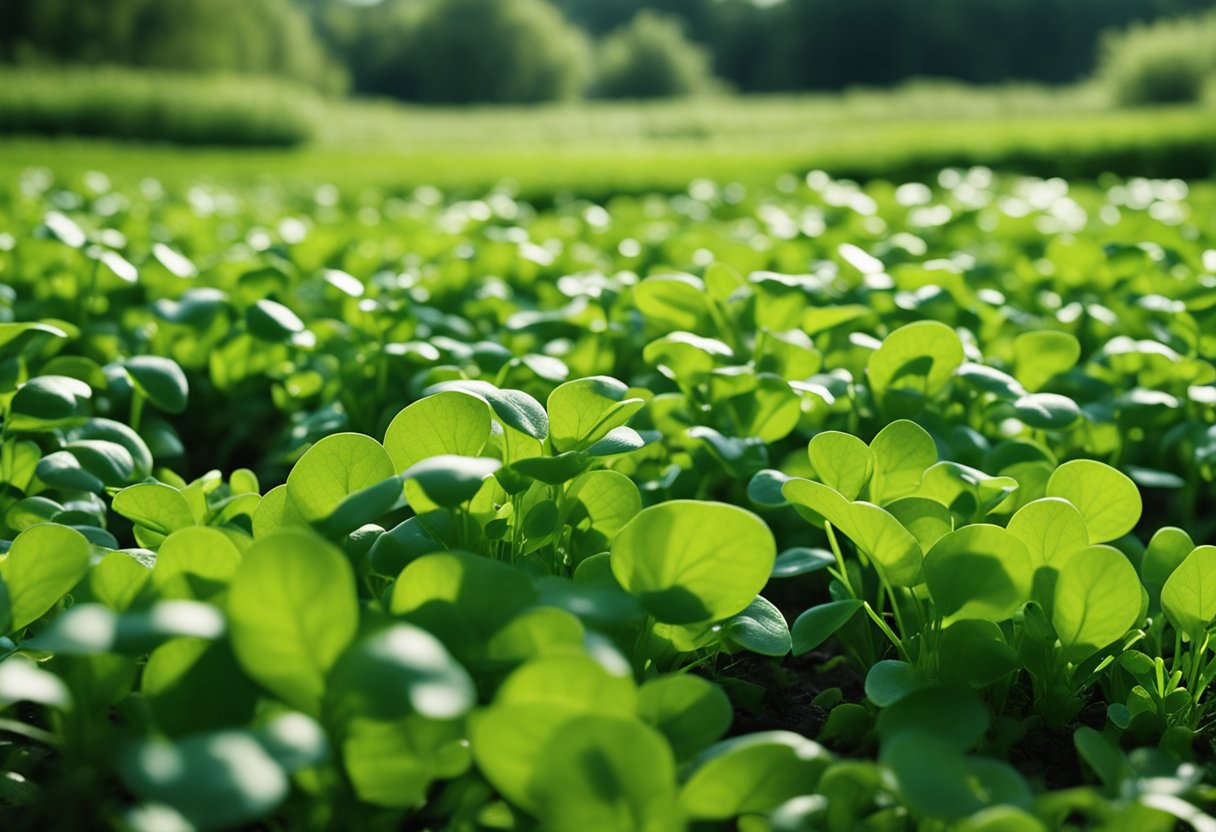
Watercress is a semi-aquatic plant that belongs to the Brassicaceae family, which includes other cruciferous vegetables such as kale, broccoli, and cabbage. It has a peppery, slightly bitter taste and is a popular ingredient in salads, sandwiches, and soups.
Watercress is available year-round, but its peak season is from April to October. During this time, you can find watercress at farmers’ markets, grocery stores, and specialty food stores. However, its availability may vary depending on your location and the weather conditions in your area.
Watercress can be grown in a garden or in a container, as it requires a constant supply of water. You can harvest watercress leaves and stems when they are about three weeks old, and continue harvesting until flower stalks start to appear on the plant.
When selecting watercress, look for emerald green leaves without a lot of yellowing. Avoid watercress with wilted or slimy leaves, as this may indicate that it is past its prime.
Varieties and Availability
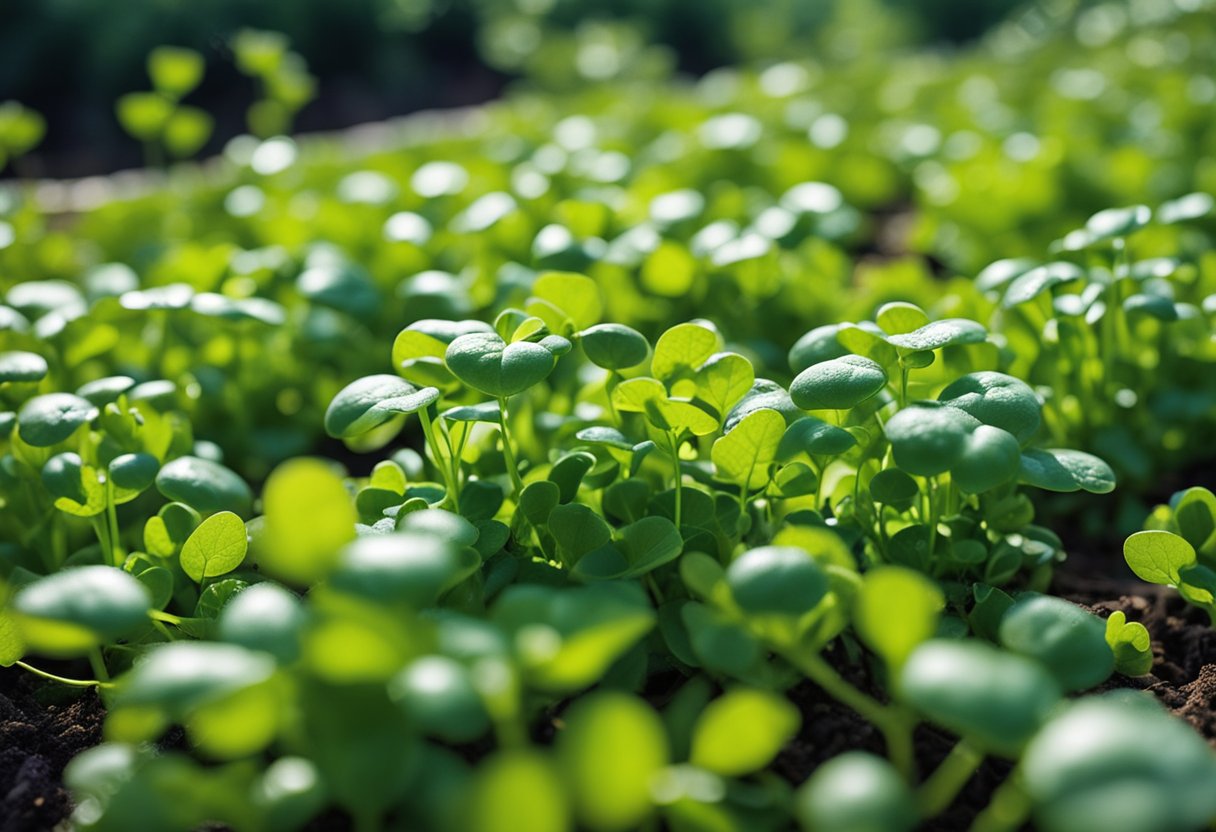
Watercress peak season is from April until September. This is when you can find the freshest and most flavorful watercress at your local farmer’s market or grocery store.
There are several varieties of watercress, including the most common types: watercress, garden cress, upland cress, and Korean watercress. Watercress is grown freely in water and has the most pungent flavor and texture. Garden cress is grown in soil and has a spicy flavor, like horse radish. Upland cress has thinner stems and a more delicate flavor.
When purchasing watercress, it is important to look for fresh, crisp leaves that are free of any yellowing or wilting. You can also grow your own watercress in your garden or hydroponically. Watercress seeds or transplants of known varieties can be purchased from reputable nurseries or online sources.
Watercress is a versatile vegetable that can be used in a variety of dishes, including salads, sandwiches, soups, and smoothies. It is also a great source of vitamins and minerals, including vitamin K, vitamin A, vitamin C, calcium, and manganese. Incorporating watercress into your diet can help improve your overall health and well-being.
Seasonality in North America
Watercress Seasonality In The US
Here is a table that shows the seasonality of watercress for each of the US states:
| State | Watercress Season |
|---|---|
| Alabama | April – October |
| Alaska | May – September |
| Arizona | November – April |
| Arkansas | March – November |
| California | Year-round |
| Colorado | May – September |
| Connecticut | April – October |
| Delaware | April – October |
| Florida | Year-round |
| Georgia | April – October |
| Hawaii | Year-round |
| Idaho | May – October |
| Illinois | May – October |
| Indiana | May – October |
| Iowa | May – October |
| Kansas | April – October |
| Kentucky | April – October |
| Louisiana | April – October |
| Maine | May – October |
| Maryland | April – October |
| Massachusetts | April – October |
| Michigan | May – October |
| Minnesota | May – October |
| Mississippi | April – October |
| Missouri | March – November |
| Montana | May – September |
| Nebraska | May – October |
| Nevada | November – April |
| New Hampshire | May – October |
| New Jersey | April – October |
| New Mexico | November – April |
| New York | April – October |
| North Carolina | April – October |
| North Dakota | May – September |
| Ohio | May – October |
| Oklahoma | March – November |
| Oregon | Year-round |
| Pennsylvania | April – October |
| Rhode Island | April – October |
| South Carolina | April – October |
| South Dakota | May – September |
| Tennessee | April – October |
| Texas | Year-round |
| Utah | May – October |
| Vermont | May – October |
| Virginia | April – October |
| Washington | Year-round |
| West Virginia | April – October |
| Wisconsin | May – October |
| Wyoming | May – September |
As you can see, watercress is in season for most states from April to October, with a few exceptions. Some states have a longer season, while others have a shorter season. It’s important to check your local farmer’s market or grocery store for the freshest watercress available in your area.
Seasonality in South America
In South America, the best time to find fresh watercress is during the winter months, from May to October. During this time, the climate is cooler and wetter, which is ideal for growing watercress.
Watercress can be found growing wild in many parts of South America, particularly in the Andean region. It’s also cultivated in some areas, so you may be able to find it at farmers’ markets and specialty grocers. When shopping for watercress, look for bright green leaves that are free of blemishes and have a fresh, peppery scent.
If you’re planning to forage for watercress, it’s important to be aware of the potential risks. Watercress can absorb pollutants and parasites from contaminated water, so it’s important to only harvest watercress from clean, unpolluted sources. It’s also important to thoroughly wash and cook watercress before eating it to reduce the risk of foodborne illness.
Seasonality in Asia
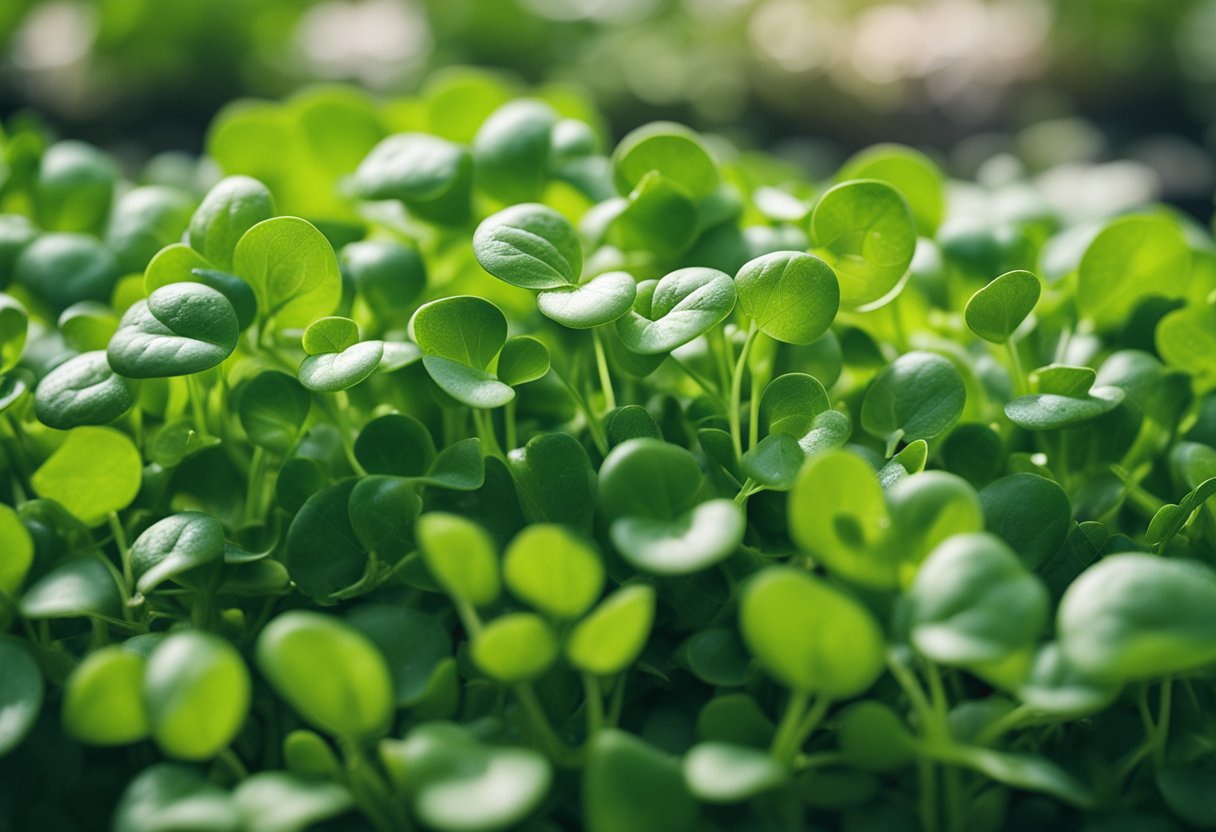
According to Tridge, watercress is typically in season in China from March to May and from September to November. However, the exact season may vary depending on the region and variety of watercress.
In Japan, watercress is typically in season from late fall to early spring, according to The Spruce Eats. In other parts of Asia, watercress may be available year-round, depending on the climate and growing conditions.
Seasonality in Australia
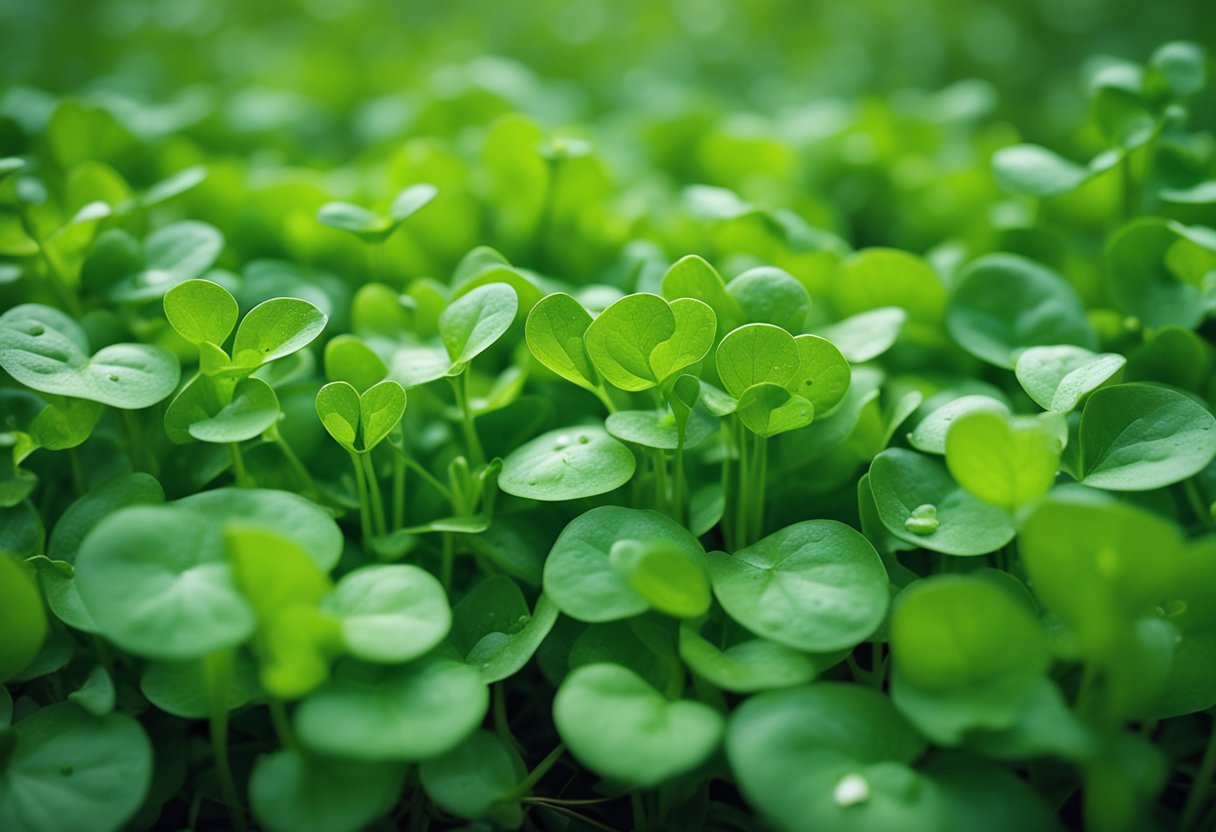
In Australia, watercress is typically in season during the cooler months of the year, from March to September. During this time, you can find watercress at farmers’ markets, grocery stores, and specialty food shops. It’s also possible to grow watercress at home during this time, either in a garden or in a pot.
Health Benefits
Watercress is a nutrient-dense leafy green that offers numerous health benefits. Here are some of the key benefits of consuming watercress:
Rich in Vitamins and Minerals
Watercress is packed with essential vitamins and minerals that your body needs to function properly. One cup of watercress contains 106% of your daily recommended intake of vitamin K, which is essential for healthy bones and blood clotting. It is also a good source of vitamin C, vitamin A, calcium, and manganese.
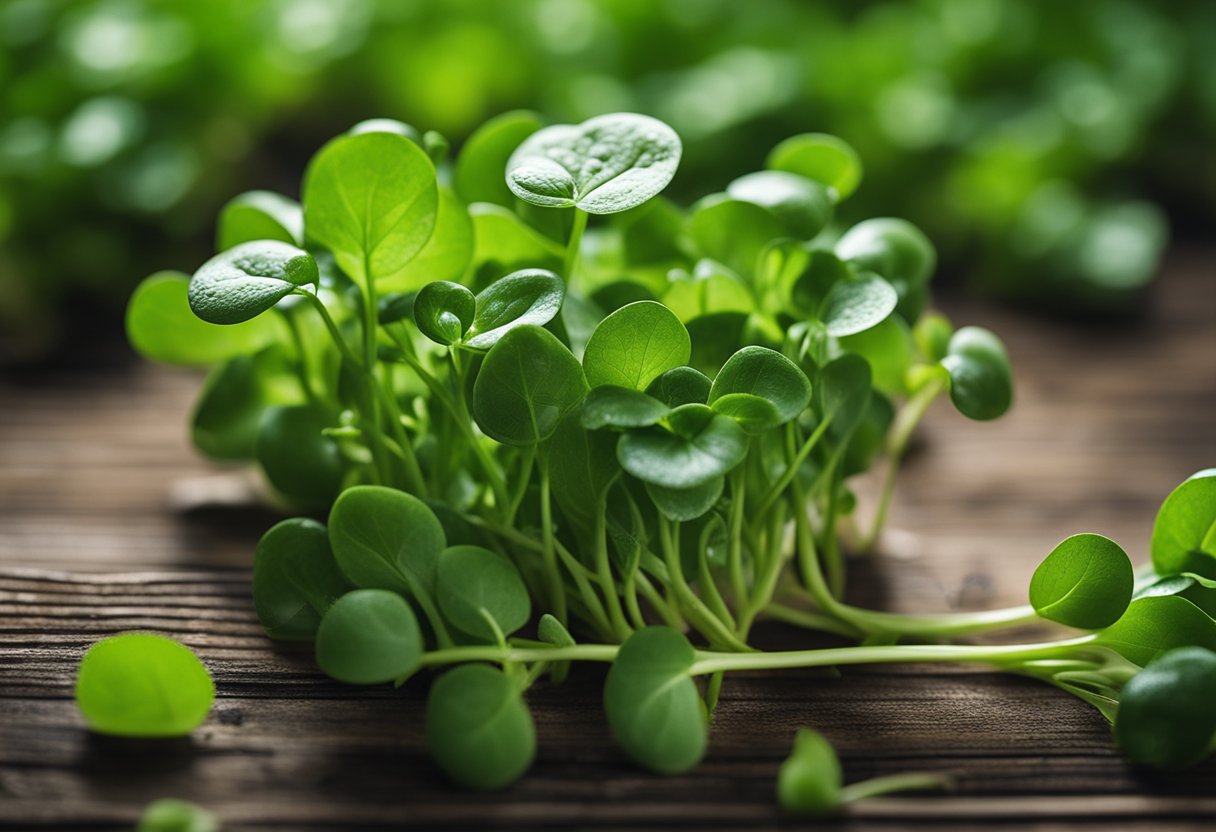
Promotes Hydration
Drinking water is not the only way to stay hydrated. Eating watercress can help you stay hydrated as well. Watercress is made up of 95% water, making it an excellent food to consume during hot summer months or after exercise.
Supports Heart Health
Watercress is rich in antioxidants, which can help protect your heart from damage caused by free radicals. It is also a good source of potassium, which can help lower blood pressure and reduce your risk of heart disease.
May Have Anti-Cancer Properties
Some studies suggest that watercress may have anti-cancer properties. Watercress contains compounds called glucosinolates, which have been shown to have anti-cancer effects in test-tube studies. More research is needed to determine if these effects translate to humans.
May Improve Digestive Health
Watercress is a good source of fiber, which can help improve digestive health. Fiber helps keep you regular and can reduce your risk of constipation and other digestive issues.
Overall, watercress is a delicious and nutritious leafy green that offers numerous health benefits. Incorporating watercress into your diet is an easy way to boost your nutrient intake and support your overall health.
